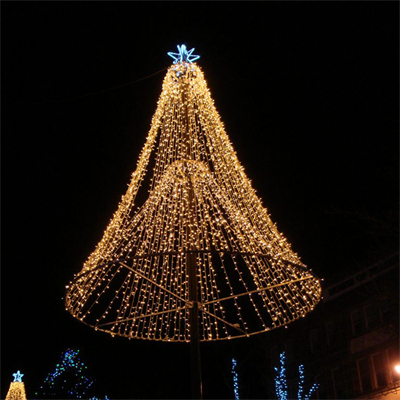Christmas trees play several important roles during the holiday season, encompassing both symbolic and practical significance. Here are some of the key roles of Christmas trees:
- Symbol of Celebration: Christmas trees are a central symbol of the Christmas holiday, representing the joy and festivities associated with the season. They serve as a visual reminder of the holiday spirit and the importance of coming together to celebrate.
- Religious Symbolism: For Christians, the Christmas tree can hold religious significance. It may symbolize the Tree of Life or the cross of Christ, serving as a reminder of the birth of Jesus and the promise of eternal life through faith.
- Family Tradition: Decorating the Christmas tree is a cherished family tradition in many households. Families come together to select, decorate, and admire the tree, fostering a sense of togetherness and creating lasting memories.
- Festive Decor: Christmas trees serve as the centerpiece of holiday decor in homes, offices, and public spaces. They add a festive and visually appealing element to the environment, creating a warm and inviting atmosphere.
- Gift Display: Under the Christmas tree, families often place wrapped presents and gifts for loved ones. The tree becomes a temporary gift display area, building excitement and anticipation for the exchange of gifts.
- Community and Social Gathering: Public Christmas trees, often displayed in town squares or community centers, symbolize unity and provide a central location for holiday gatherings, parades, and celebrations within communities.
- Charity and Giving: Some Christmas tree traditions include “giving trees” or “angel trees” where individuals can choose ornaments representing gifts for those in need. This practice promotes the spirit of giving and charity during the holiday season.
- Environmental Benefits: Real Christmas trees, when sourced sustainably and recycled or composted after use, can have environmental benefits. They absorb carbon dioxide (CO2) as they grow and can be recycled into mulch or compost.
- Cultural Identity: Different cultures and regions may have their unique traditions and interpretations of Christmas trees, adding to the diversity of the holiday season and reflecting cultural identity.
- Business and Economy: The Christmas tree industry supports livelihoods for farmers, tree growers, and retail workers. It drives economic activity through the sale of trees, decorations, and related products.
- Seasonal Tourism: In some areas, the display of Christmas trees and holiday decorations attracts tourists and visitors, contributing to local economies.
- Memories and Nostalgia: Christmas trees evoke memories of past holidays and carry a sense of nostalgia. Decorating the tree and admiring the ornaments can bring back fond recollections of previous celebrations.
- Cultural Exchange: Christmas trees are not limited to Christian-majority countries. They have been adopted and adapted in various forms by people of different cultures, fostering cultural exchange and understanding.
In summary, Christmas trees serve a multifaceted role during the holiday season, encompassing cultural, religious, and social dimensions. They symbolize celebration, tradition, and togetherness while contributing to the festive atmosphere and sense of unity that characterize the Christmas season.
























